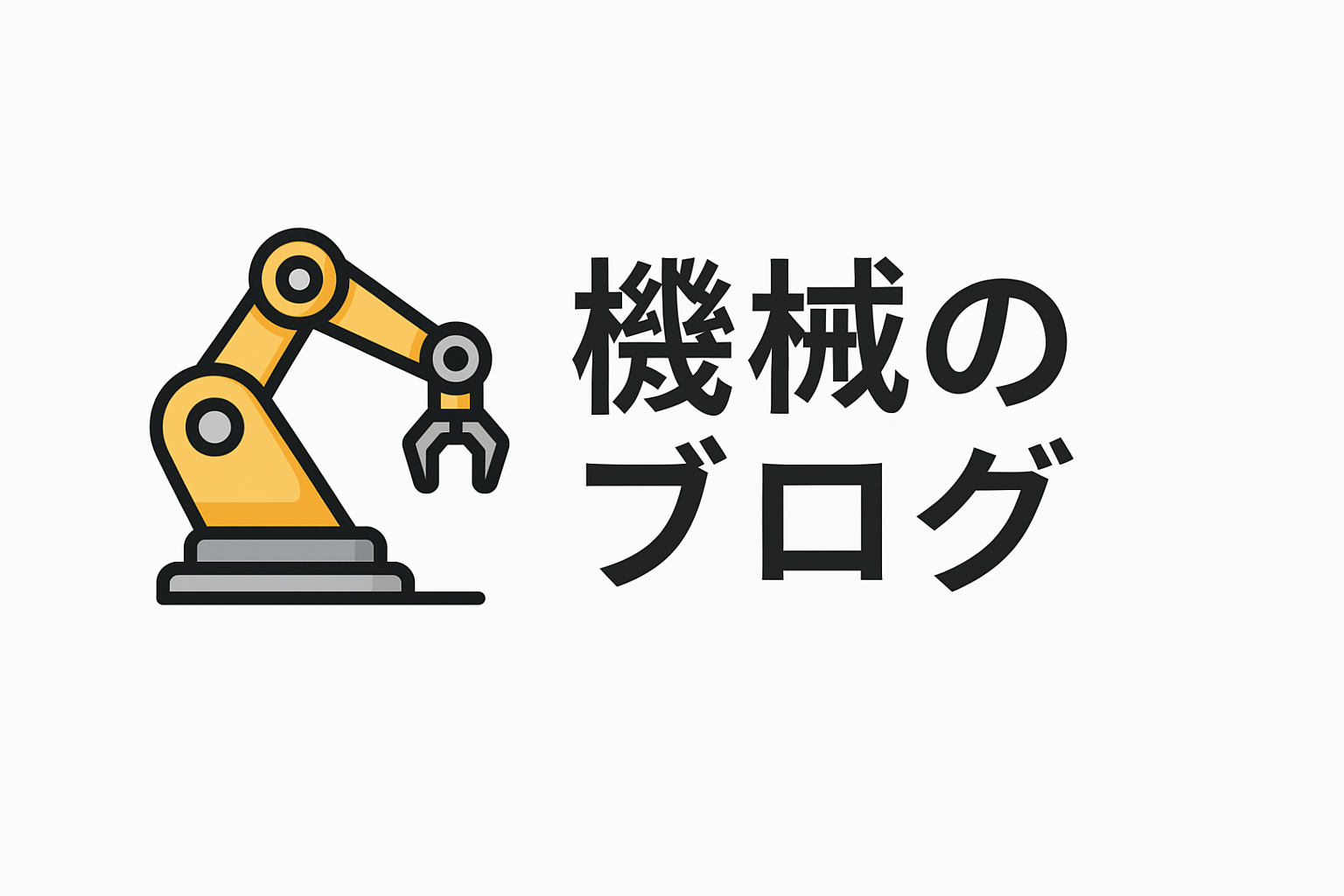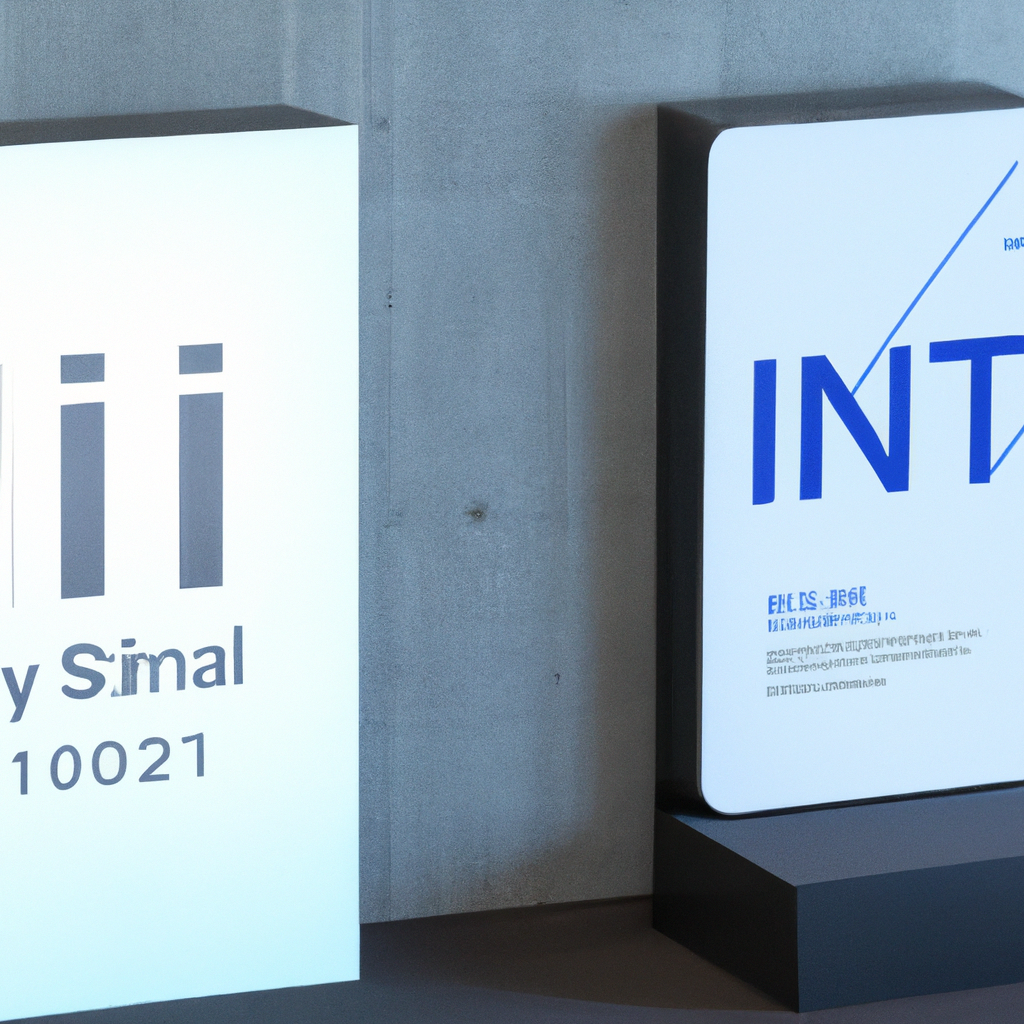IoT Innovation Expo: Connecting Future Technologies
The Internet of Things (IoT) continues to reshape the manufacturing landscape, offering unprecedented opportunities for process optimization, cost reduction, and enhanced productivity. As we stand at the cusp of a technological revolution, the IoT Innovation Expo serves as a critical platform for industry professionals to explore the latest advancements and trends in IoT technology. This article delves into the key highlights from the expo, offering insights into how these innovations are setting the stage for the future of manufacturing.
Section 1: The Current Landscape of IoT in Manufacturing
In recent years, IoT technology has become an integral part of manufacturing processes. By connecting machines, systems, and people, IoT enables the seamless flow of data and enhances decision-making capabilities. Currently, manufacturers are leveraging IoT for predictive maintenance, real-time monitoring, and quality control, which has resulted in significant improvements in efficiency and cost-effectiveness.
At the IoT Innovation Expo, experts highlighted the current state of IoT adoption in manufacturing, noting that while many companies have implemented IoT solutions, challenges such as data security, integration with existing systems, and scalability remain. Despite these hurdles, the potential benefits of IoT continue to drive its adoption across the industry.
Section 2: Emerging IoT Technologies
One of the most exciting aspects of the IoT Innovation Expo was the showcase of emerging technologies that promise to revolutionize manufacturing. Among these are advanced sensors, edge computing, and AI-driven analytics. These technologies are expected to provide manufacturers with deeper insights into their operations, enabling them to make more informed decisions.
Advanced sensors are being developed to provide more accurate and real-time data collection, which is crucial for predictive maintenance and quality control. Edge computing, on the other hand, allows for data processing closer to the source, reducing latency and enhancing efficiency. AI-driven analytics are being used to interpret vast amounts of data, identifying patterns and providing actionable insights that can lead to significant improvements in production processes.
Section 3: Case Studies and Success Stories
The IoT Innovation Expo also featured several case studies and success stories that illustrated the transformative impact of IoT in manufacturing. One notable example is a leading automotive manufacturer that implemented IoT solutions to enhance its supply chain management. By using IoT sensors and analytics, the company was able to track parts and materials in real-time, reducing delays and optimizing inventory levels.
Another success story comes from a food processing company that used IoT to improve quality control. By integrating IoT sensors into their production lines, they could monitor temperature, humidity, and other critical parameters, ensuring the consistency and quality of their products. These examples underscore how IoT can lead to tangible benefits, driving efficiency and competitiveness in manufacturing.
Section 4: Challenges and Considerations
While the potential of IoT in manufacturing is vast, there are several challenges that need to be addressed. Data security remains a primary concern, as the interconnected nature of IoT systems makes them vulnerable to cyberattacks. Manufacturers must implement robust security measures to protect sensitive data and maintain the integrity of their systems.
Another challenge is the integration of IoT with existing manufacturing systems. Many manufacturers have legacy systems that are not compatible with modern IoT solutions, necessitating significant investments in upgrades and integration. Scalability is also a concern, as manufacturers must ensure their IoT solutions can grow alongside their operations.
Section 5: The Future of IoT in Manufacturing
Looking ahead, the future of IoT in manufacturing is bright. As technology continues to evolve, manufacturers can expect more sophisticated and efficient IoT solutions. The integration of IoT with other advanced technologies such as artificial intelligence, machine learning, and blockchain will further enhance its capabilities, providing manufacturers with unprecedented levels of automation and insight.
Furthermore, the ongoing development of 5G networks is set to revolutionize IoT connectivity, offering faster data transfer speeds and lower latency. This will enable more devices to be connected and communicate in real-time, further enhancing the efficiency and effectiveness of IoT solutions in manufacturing.
Conclusion
The IoT Innovation Expo has highlighted the transformative potential of IoT in manufacturing, showcasing the latest technologies and success stories that are driving the industry forward. While challenges remain, the benefits of IoT are undeniable, offering manufacturers new ways to optimize processes, reduce costs, and enhance productivity.
As we move into the future, IoT will continue to play a pivotal role in shaping the manufacturing landscape. By staying informed and embracing these technologies, manufacturers can position themselves at the forefront of innovation, ready to capitalize on the opportunities that IoT presents.

